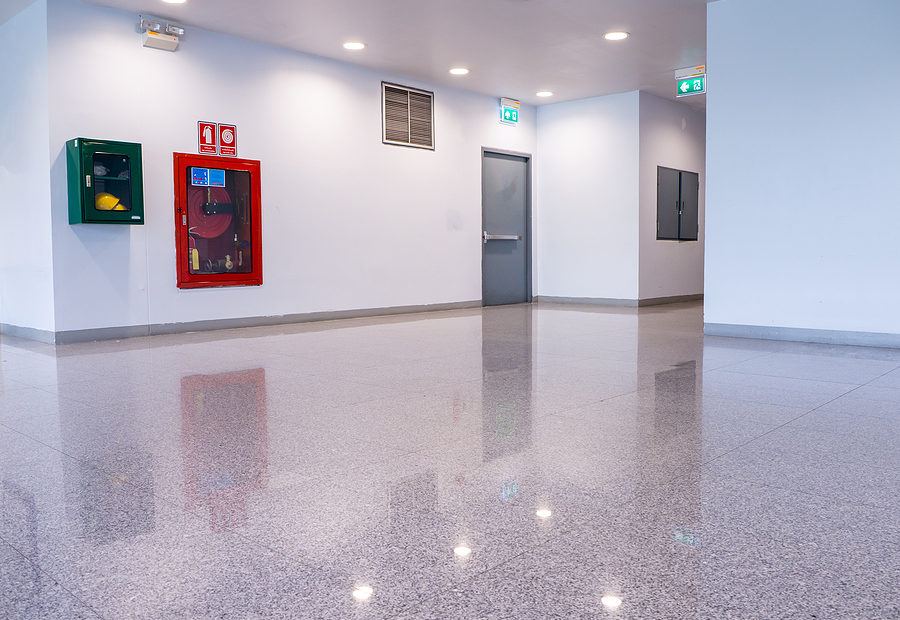In New Mexico, when managing, building, or remodeling a building, it pays to look at the NFPA’s Life Safety Code.
If you own, run, or oversee a building in any other way, fire safety should be a top priority. Even though everyone knows that safety features like exit signs, fire alarms, and fire extinguishers that are always in the right place are essential for fire safety, these are only the tip of the iceberg for making sure a building is safe from fires.
For more information, you should talk to the National Fire Protection Association (NFPA) experts, which is the largest and oldest trade organization for fire safety in the United States. The NFPA regularly updates the NFPA 101: Life Safety Code, which is a complete guide to fire safety strategies and policies meant to protect buildings and their people from fires.
The NFPA Life Safety Code talks about many different fire safety issues.
The NFPA Life Safety Code doesn’t just give rules for one or two types of buildings. Instead, it details all kinds of structures and offers directions like sprinkler systems, fire alarms, emergency lighting, and protection from special or unique hazards. Also, the code is the only document in fire safety that gives fire safety rules for both new and old buildings. This makes it very useful for a wide range of building and remodeling projects.
A version of the code has been used by many if not most state and local governments and federal agencies.
The Life Safety Code from the NFPA was easy for state, local, and federal governments to use as their fire code. But some cities, states, and government agencies use an older version of the code or a version that has been changed to fit the needs of their city, state, or government agency. To find out if your area has adopted the NFPA 101 code, you should contact your state fire marshal and other state or federal agencies that may need to approve your building for specific or highly regulated uses.
For example, a hospital built or renovated may need more than just the state fire marshal’s approval for fire safety. The project may also require approval from the state’s healthcare licensing agency, the U.S. Department of Health and Human Services, the hospital or healthcare company’s insurance carrier, state-building officials, and possibly more than one party.
Check the NFPA Life Safety Code FAQs for answers to simple questions.
Even though the NFPA Life Safety Code is a very well-written and detailed book, it may be hard to find the answer to a simple question there. So, the NFPA made a section on their website called “Frequently Asked Questions” (FAQs) to help answer some basic, frequently asked questions about things like the difference between new construction and renovation, the need for sprinklers in different types of buildings and situations, and the rules for things like doors, stairs, and hallways.
If you’re doing major construction or renovation, you should have a life safety expert go over all your state, local, and any applicable agency building codes. If you have one or two questions, though, the NFPA’s Frequently Asked Questions (FAQs) are a great place to start.
